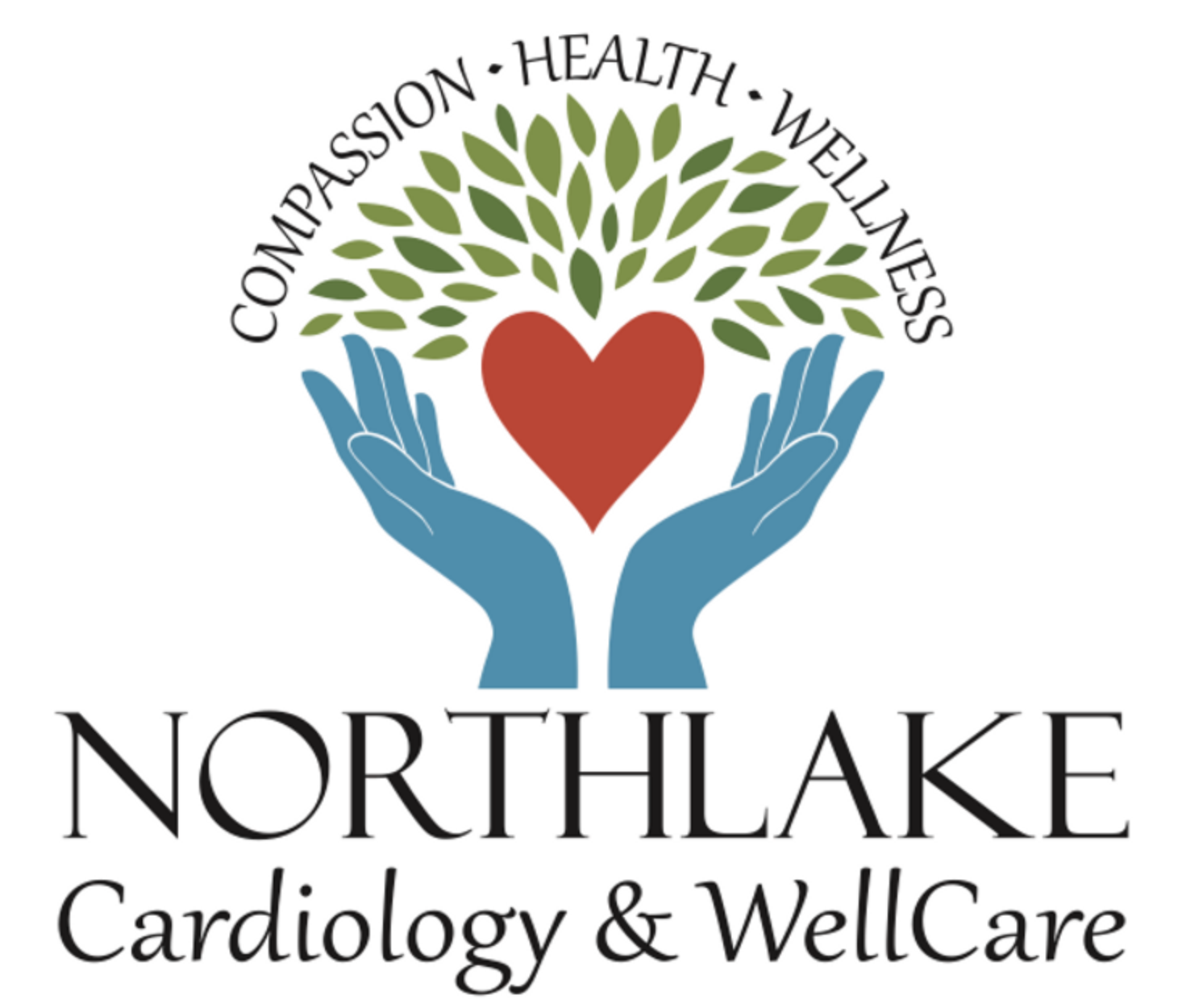Abdominal Aorta Screening
Abdominal aorta screening, also known as abdominal aortic aneurysm (AAA) screening, is a preventive health screening procedure designed to identify the presence of an abdominal aortic aneurysm—a bulge or enlargement in the aorta, the main blood vessel that runs from the heart through the abdomen. Abdominal aortic aneurysms are potentially serious conditions that can lead to a rupture if left undetected and untreated.
Here are key points about abdominal aorta screening:
- Objective: The primary goal of abdominal aorta screening is to detect and assess the size of an abdominal aortic aneurysm. Early detection allows for timely intervention and management to prevent complications.
- Target Population: Abdominal aorta screening is often recommended for individuals who are at an increased risk of developing an abdominal aortic aneurysm. Risk factors may include age (especially in men over 65), a history of smoking, family history of AAA, and a history of cardiovascular disease.
- Screening Technique: The screening is commonly performed using ultrasound imaging. During the procedure, a transducer is placed on the abdomen to create real-time images of the aorta. Ultrasound is a non-invasive and painless imaging technique that allows healthcare providers to visualize the aorta and assess for any abnormalities.
- Timing and Frequency: The frequency of abdominal aorta screening may vary based on individual risk factors and guidelines. Generally, it is often recommended for men aged 65 to 75 who have ever smoked. Individuals with a family history of abdominal aortic aneurysms or other risk factors may be considered for screening at an earlier age.
- Results and Follow-Up: If an abdominal aortic aneurysm is detected during screening, healthcare providers will typically monitor the size of the aneurysm over time. Small aneurysms may require regular monitoring, while larger ones may necessitate surgical intervention to prevent rupture.
- Importance of Early Detection: Detecting and monitoring abdominal aortic aneurysms early is crucial because small aneurysms are generally less likely to rupture. Ruptured aneurysms can lead to life-threatening internal bleeding.
- Physician Consultation: Individuals who undergo abdominal aorta screening are often encouraged to discuss the results with their primary care physicians. The physician can provide further guidance, discuss the implications of the findings, and recommend appropriate follow-up care.
It’s important to note that while abdominal aorta screening is a valuable tool for identifying aneurysms, it may not be necessary for everyone. The decision to undergo screening should be based on individual risk factors, and discussions with healthcare providers can help individuals make informed choices regarding preventive health measures.



